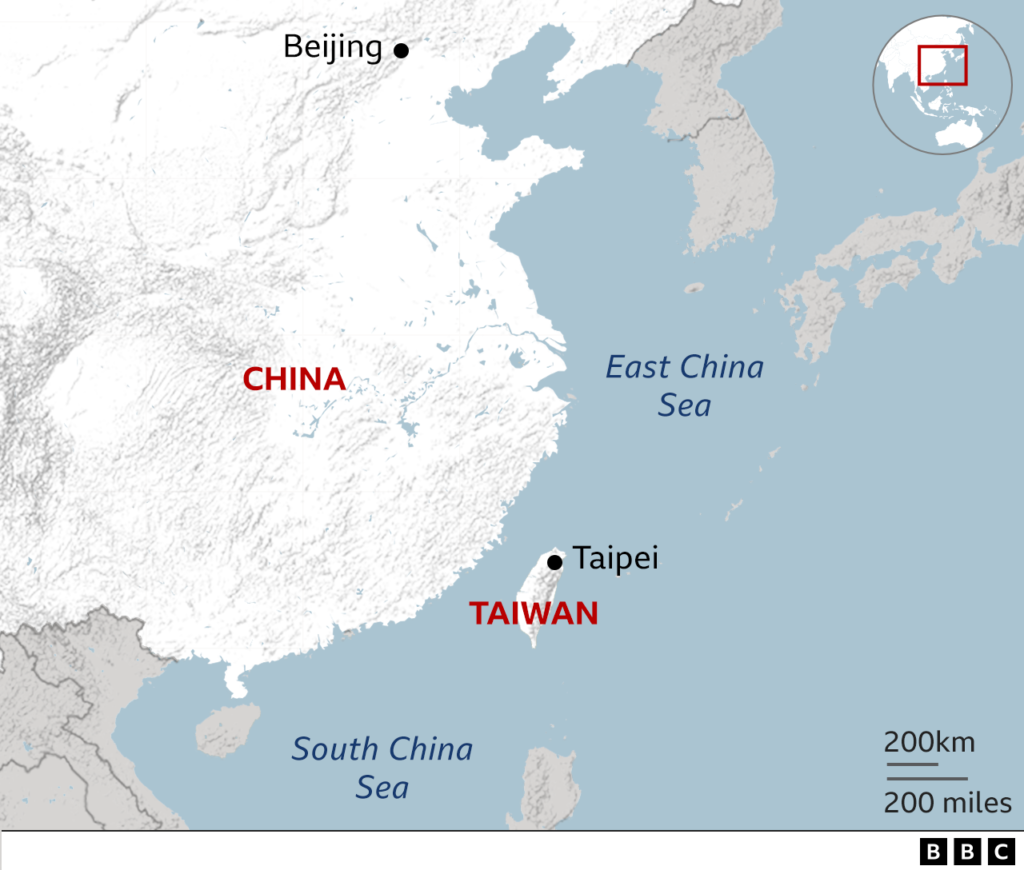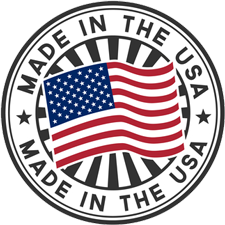China and Taiwan: What’s the Big Deal?
If you have been paying attention to the news lately, you have probably come across stories of increasing tension between China and the island state of Taiwan. In fact, in recent years the Chinese government and military has become increasingly aggressive with respect to violating Taiwanese airspace, harassing Taiwanese shipping, and putting pressure on other nations not to allow Taiwan to join such international organization as the World Trade Organization (WTO), the World Health Organization (WHO), and the United Nations (UN). What’s the nature of this conflict and how serious are the ramifications for the rest of the world?
China and Taiwan: Roots of the conflict
The conflict between China and Taiwan has its roots in the 16th century. Chinese settlers from the Guangdong and Fujian provinces sailed across the straits of Taiwan. Eventually, they settled the south west portion of the island in the vicinity of modern day Tainan. Although nominally under Chinse control, the Chinese who settled Taiwan did not pay much attention to the central government in Beijing. When the Qin dynasty, from time to time, did try to exert more administrative control, the settlers on Taiwan proved unusually rebellious. In the 18th and 19th century, there were numerous rebellions on the part of the Chinese residents of Taiwan against the Qin dynasty.
The problem of Taiwan for China became a moot point in the early 1890s, after the Chinese lost a war against the rapidly rising empire of Japan. According to the terms of the treaty of Shimonoseki of 1895, China formally ceded Taiwan to Japan. The Japanese would rule Taiwan for the next 50 years, until their defeat in World War II would force the return of the island to China.

China and Taiwan Post WWII
The end of war in 1945 led the resumption of Civil War in China between the Nationalists forces under Chiang K’ai-shek and Communists forces under Mao Zedong. When the Communist triumphed in October 1949, the Nationalists forced retreated to the island of Taiwan, where they established the Republic of China which now competed with the Communist mainland named the People’s Republic of China.
During the 1950s and 1960s, both entities claimed to be the “real” China. Communist China planned to invade Taiwan and complete the “revolution. However, the military support and economic aid provided to the government of Taiwan by the United States made this invasion problematic. When the United States officially recognized the People’s Republic of China in December 1978, it no longer officially recognized the Republic of China on Taiwan. At the same time, the United States pledged its support for Taiwan by providing defensive weapons to the island state in case of an invasion by the People’s Republic of China.
For forty years, the two parties have uneasily co-existed. The Communists in China have become more impatient for unification. Meanwhile, on the island of Taiwan, many of the residents simply want to be independent of China. They argue that Taiwan is not really China, but another sovereign country. The United States believes there is one China; however, it has also said that force may not be used by the Communist Chinese Part (CCP) to bring about re-unification. If re-unification take place, it can only be the result of an agreement between the two sides.
Xi Jinping
Since Xi Jinping became the leader of China in 2013, the CCP has doubled-down on its determination to re-unite with Taiwan. Viewing Taiwan as a renegade, break-away province, President Xi, some say, is determined to force reunification, even by violent means. Most Taiwanese reject forced re-unification. My contacts on the island claim nearly 75% of the Taiwanese population view their country as sovereign. With the recent example of China’s governance of Hong Kong, few Taiwanese want to see their right to self-government diminished.
China’s determination to force this issue has led to increased harassment of Taiwanese shipping, regular violations of Taiwanese airspace, constant pressure on international organization to limit or exclude Taiwanese participation, and aggressive and threatening rhetoric. If the new president of Taiwan, William Lai, were to make a formal declaration of independence, the result would undoubtedly be a declaration of war and invasion of Taiwan, something the People’s Liberation Army (PLA) has been planning for a number of years.
The Threat to Global Supply Chains
There are several threats to international commerce that will undoubtedly happen if China invades Taiwan. First, international shipping will be cut off from the straits of Taiwan, the area between south China and Taiwan. Shipping companies will have to find alternative routes, creating delays and extra costs. Second, critical supplies from Taiwan will be cut off from Europe, Japan, and the United States. These include steel, fasteners, various types of industrial equipment, and, perhaps most importantly, semi-conductors (microchips). Third, other economic shortages will probably result from sanctions imposed on China by the United States, the EU, and other important international players, including Japan, South Korea, and Australia. In other words, there will be hardships felt around the globe by many countries, people, and businesses. Given the highly developed nature of Taiwan’s economy, there are many valuable industries and assets at stake.
Are we prepared?
While a very small island in terms of area, Taiwan is one of most sophisticated economies on the globe. It has 23 million people, but it ranks 21st internationally in terms of Gross Domestic Product. Even with rigorous U. S. assistance, it would be no easy task to repel a Chinese invasion. The results on international trade would be significant. Many U. S. fastener distributors still import a significant portion of their product from Taiwan. In addition, Taiwanese equipment in the fasteners industry still plays a significant role. For instance, they are a major manufacturer of cold headers, thread rollers, CNC grinders, and sorting equipment. Microchips and other sophisticated technologies would potentially be difficult to come by.
In order to prepare for conflict, what should companies that are dependent on Taiwanese products do? Number one, develop alternative suppliers for products made exclusively in Taiwan. Second, increase inventory of key components that are made in Taiwan—replacement parts for instance. Third, carefully consider the risks of further sourcing to Southeast Asia until the geopolitical situation is more stable.
Ironically, the tension between China and Taiwan could be good for the domestic fastener industry as well as other industries. However, the cost could be high in terms of human lives and disruptions to the economies of many Southeastern Asian nations.
by Bruce Tap, President and CEO


